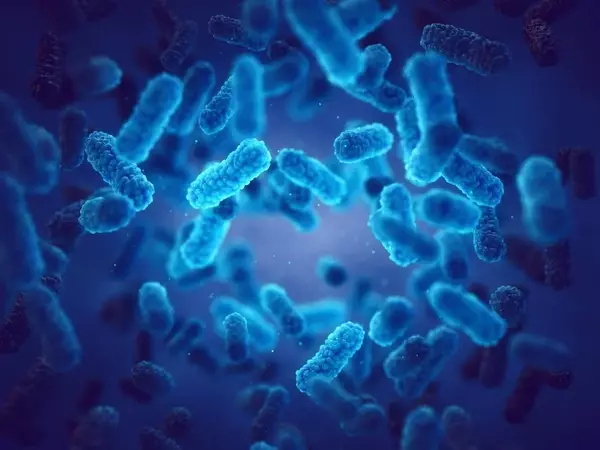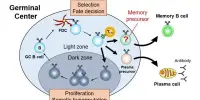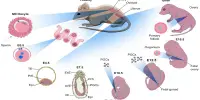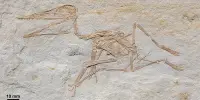Modeling bacteria’s collective movement can be difficult, but there are several approaches you can take to simulate their behavior. One popular approach is to use agent-based modeling, in which individual bacteria are represented as autonomous agents that interact with one another and with their surroundings.
A new paper describes a mathematical model for bacterial motion that includes cell division and death, which are essential components of the cell cycle. Microorganisms, such as certain types of bacteria, form biofilms when they adhere to the surface of objects in a moist environment and begin to reproduce, resulting in the excretion of a slimy glue-like substance.
These biofilms aren’t just unpleasant and unappealing; they can also be extremely problematic. In the medical field, for example, biofilm formation can reduce the effectiveness of antibiotic treatments. Understanding how bacteria behave in groups is critical to understanding biomass formation.
Our new model belongs to a class of models for ‘active matter’ that currently encounter a lot of interest in statistical physics. This field studies the collective properties of particle systems that have their own energy source – bacteria are an exemplary case.
Davide Breoni
In a new paper published in EPJE, Heinrich-Heine-Universität, Düsseldorf, Germany, researcher Davide Breoni and his co-authors present a mathematical model for bacterial motion that includes cell division and death, the basic components of the cell cycle.
The team created a mathematical model of bacterial movement in the process, connecting statistical physics and biophysics.
“Our new model belongs to a class of models for ‘active matter’ that currently encounter a lot of interest in statistical physics,” Breoni says. “This field studies the collective properties of particle systems that have their own energy source – bacteria are an exemplary case.”

The team’s model surprised them by implying that when it comes to movement, bacteria can act as a unit.
“During our research, we discovered that the model predicts that the formation of bacterial colonies can occur through the accumulation of traveling waves, concentrated ‘packages’ of bacteria,” Breoni adds. “We did not expect this to arise from such a simple model as ours.”
He believes that the findings will be of interest to the general public, who may be aware of bacterial colonies but are unaware of how they move collectively.
Breoni concludes by stating that this is a very simple model that suggests where the research could go from here. “We could try to make the model more realistic and confront the results to experiment to test its predictions,” he says. “On the other hand, this research is very much curiosity-driven and results from intense discussions among the researchers – an approach we’d like to maintain so that we can continue to surprise ourselves with our findings.”
















